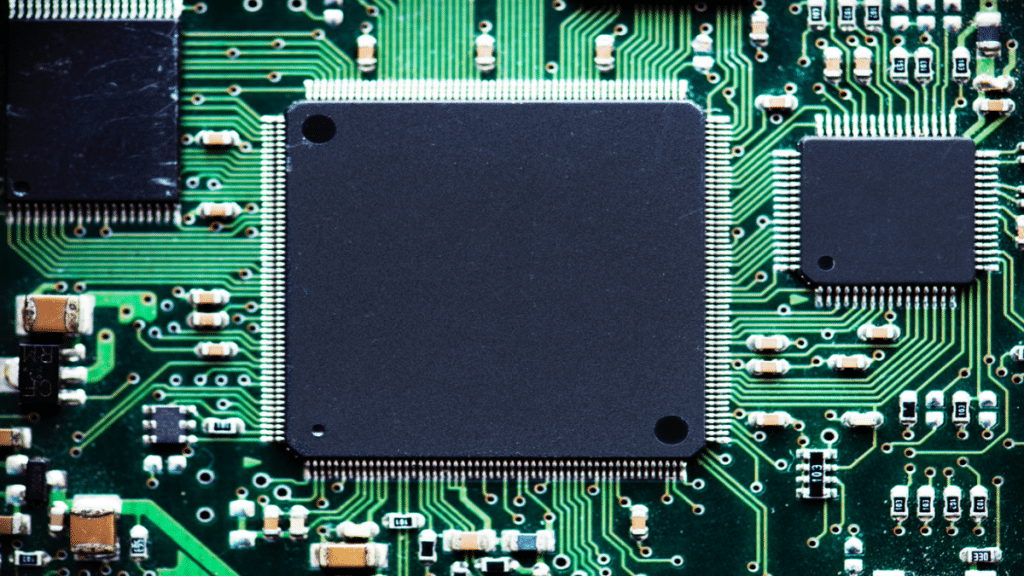In response to the increasing threat that is posed by cybercriminals, Security Operations Centers (SOCs) continue to be among the services that are revolutionizing information technology systems. A successful SOC is not rooted in technology. It’s the dance of processes, people and technologies that monitor, detect, investigate and respond to cyber events.
Core Components of a SOC
- People: The team which is the base of every SOC consists of security analysts, engineers and managers with knowledge in cyber threats and its fighting. Regular training and ongoing education are crucial to stay up-to-date about the recent cyber threats and technologies.
- Processes: Predefined processes and standards maintain effective operations in a SOC. Such include plans on incident response, standard operating procedures (SOPs), and threat intelligence workflows in the areas of monitoring, analysis, and reporting.
- Technology: A SOC’s technology stack includes sophisticated tools and solutions for threat detection, incident response and security monitoring. This also involves Security Information and Event Management (SIEM) systems, intrusion detection systems (IDS), firewalls and threat intelligence platforms.
Key Functions of a SOC
- Threat Detection and Monitoring: Continuous network, system and application monitoring to identify possible security events. This includes log, network traffic, and user behavior analysis to find possible traces of a cyberattack.
- Incident Response and Management: When a threat is identified, the SOC team responds according to an established incident response plan which includes containment and resolution processes. This also involves elimination of the threat, restoration of affected systems and documentation for future use.
- Threat Intelligence: Collecting, analyzing and applying knowledge about current and future threats to enhance the SOC’s defensive resources. This includes the use of external threat feeds, analysis of threat trends and intelligence sharing with a greater security community.
- Security Awareness and Training: Training employees in cybersecurity best practices and potential threats. The goal of this function is to foster a culture that values security within the organization and minimizes risks associated with human errors.
SOC as a Service Role
Many businesses consider establishing and operating an in-house SOC as burdensome, costly, and complicated. DigitalXraid and other providers offer SOC as a service that is cost-effective and highly efficient. It provides the knowledge, technology, and processes of a standalone Security Operations Center (SOC) without the costs associated with developing one in-house. By using this model, organizations can enjoy 24/7 monitoring services and expert security management to provide a strong cyber defense.

